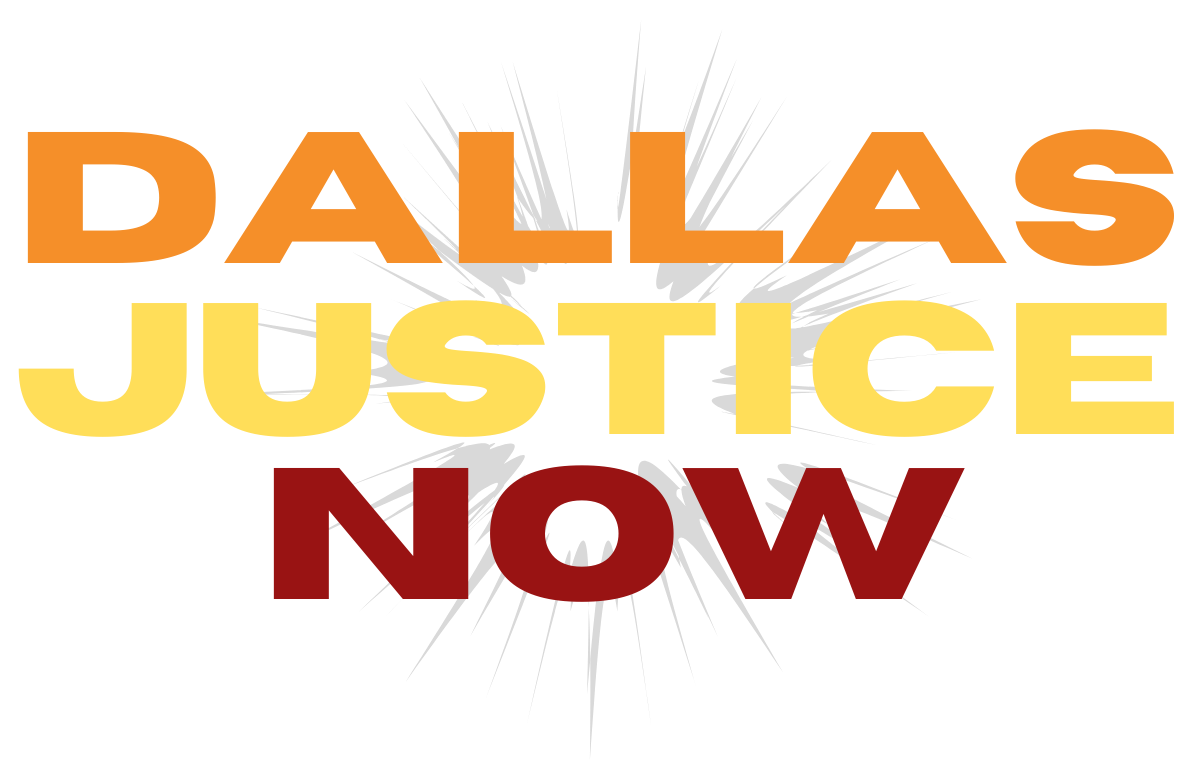What is “White Privilege?”
“White Privilege” is an important term in dismantling white supremacy and bringing an end to systemic racism and injustice.
The riots at the Capital last week has brought this word up again in the media-
so what do we mean when we say it?
“Today, white privilege is often described through the lens of Peggy McIntosh’s groundbreaking essay “White Privilege: Unpacking the Invisible Knapsack.” Originally published in 1988, the essay helps readers recognize white privilege by making its effects personal and tangible. For many, white privilege was an invisible force that white people needed to recognize. It was being able to walk into a store and find that the main displays of shampoo and panty hose were catered toward your hair type and skin tone. It was being able to turn on the television and see people of your race widely represented. It was being able to move through life without being racially profiled or unfairly stereotyped. All true.
This idea of white privilege as unseen, unconscious advantages took hold. It became easy for people to interpret McIntosh’s version of white privilege—fairly or not—as mostly a matter of cosmetics and inconvenience.
Those interpretations overshadow the origins of white privilege, as well as its present-day ability to influence systemic decisions. They overshadow the fact that white privilege is both a legacy and a cause of racism. And they overshadow the words of many people of color, who for decades recognized white privilege as the result of conscious acts and refused to separate it from historic inequities.
In short, we’ve forgotten what white privilege really means—which is all of this, all at once. And if we stand behind the belief that recognizing white privilege is integral to the anti-bias work of white educators, we must offer a broader recognition.
A recognition that does not silence the voices of those most affected by white privilege; a recognition that does not ignore where it comes from and why it has staying power.
White privilege is—perhaps most notably in this era of uncivil discourse—a concept that has fallen victim to its own connotations. The two-word term packs a double whammy that inspires pushback. 1) The word white creates discomfort among those who are not used to being defined or described by their race. And 2) the word privilege, especially for poor and rural white people, sounds like a word that doesn’t belong to them—like a word that suggests they have never struggled.
This defensiveness derails the conversation, which means, unfortunately, that defining white privilege must often begin with defining what it’s not. Otherwise, only the choir listens; the people you actually want to reach check out. White privilege is not the suggestion that white people have never struggled. Many white people do not enjoy the privileges that come with relative affluence, such as food security. Many do not experience the privileges that come with access, such as nearby hospitals.
And white privilege is not the assumption that everything a white person has accomplished is unearned; most white people who have reached a high level of success worked extremely hard to get there. Instead, white privilege should be viewed as a built-in advantage, separate from one’s level of income or effort.
Francis E. Kendall, author of Diversity in the Classroom and Understanding White Privilege: Creating Pathways to Authentic Relationships Across Race, comes close to giving us an encompassing definition: “having greater access to power and resources than people of color [in the same situation] do.” But in order to grasp what this means, it’s also important to consider how the definition of white privilege has changed over time.
(https://www.tolerance.org/magazine/fall-2018/what-is-white-privilege-really)
